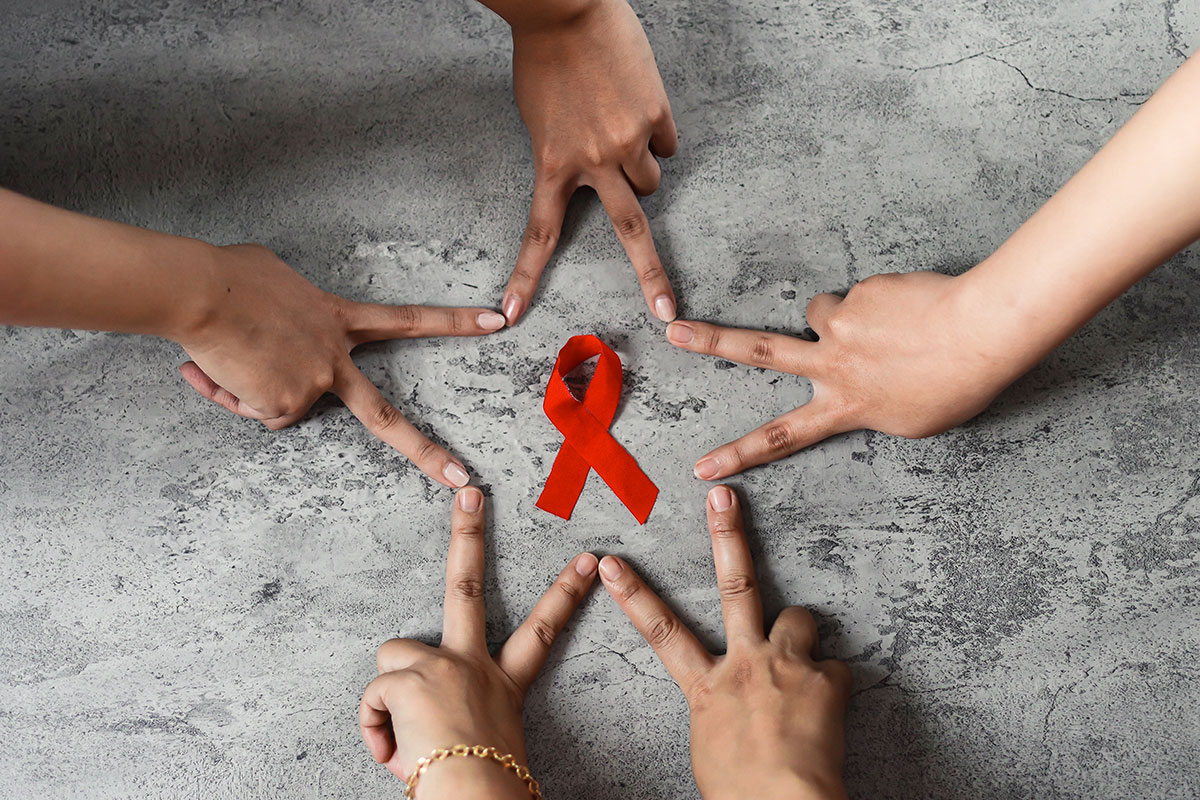In the realm of sexual health, two acronyms have emerged as game-changers: PEP and PrEP. These revolutionary tools are transforming the landscape of HIV prevention and have the potential to save countless lives. In this comprehensive blog post, we’ll dive deep into what PEP and PrEP are, why they matter, and how they can empower you to take control of your sexual health.
Understanding PEP and PrEP
Let’s begin by demystifying these two terms:
PEP (Post-Exposure Prophylaxis): PEP is a time-sensitive emergency medication taken after a potential exposure to HIV. It’s designed for situations where there’s a risk of HIV transmission, such as unprotected sex, needle-sharing, or occupational exposure (e.g., healthcare workers accidentally exposed to HIV-infected blood). PEP must be initiated as soon as possible, ideally within 72 hours but no later than 36 to 72 hours after exposure.
PrEP (Pre-Exposure Prophylaxis): PrEP, on the other hand, is a preventive medication taken regularly by individuals who are at an increased risk of HIV infection. It involves taking an FDA-approved medication (usually a daily pill) before potential exposure to HIV. When taken consistently and as prescribed, PrEP significantly reduces the risk of contracting HIV.
Why PEP and PrEP Matter
HIV Prevention: HIV remains a global health concern, and these medications provide powerful tools for preventing new infections. They are particularly vital for individuals who engage in high-risk behaviors.
Empowerment: PEP and PrEP empower individuals to take charge of their sexual health. They offer a proactive approach to prevention, putting control in the hands of those at risk.
Reduced Stigma: By promoting awareness of PEP and PrEP, we reduce the stigma surrounding HIV. Open conversations about these preventive measures help normalize discussions about sexual health.
PEP in Detail
Who Should Consider PEP: If you believe you’ve been exposed to HIV through sexual contact, sharing needles, or a workplace incident, PEP should be considered immediately.
How PEP Works: PEP is a 28-day course of medication that inhibits the replication of the virus, potentially preventing it from establishing an infection.
Effectiveness: PEP is most effective when started within the first few hours to days after exposure, so seeking immediate medical attention is crucial.
Side Effects: PEP may cause side effects, but these are typically mild and temporary. The benefits of preventing HIV far outweigh the potential side effects.
PrEP in Detail
Who Should Consider PrEP: PrEP is recommended for individuals at substantial risk of HIV infection, such as those in serodiscordant relationships (where one partner is HIV-positive) or those who engage in unprotected sex with multiple partners.
How PrEP Works: PrEP involves taking a daily pill that contains antiretroviral drugs. When taken consistently, it blocks the virus from establishing infection if you are exposed to it.
Effectiveness: PrEP is highly effective when taken as prescribed, reducing the risk of HIV infection by over 90%.
Access to PrEP: PrEP is available by prescription in many countries. It’s important to consult a healthcare provider for an assessment and to obtain a prescription.
Conclusion: Empowering Your Sexual Health
PEP and PrEP are revolutionary tools in the fight against HIV. They offer hope, protection, and empowerment. By understanding how these medications work and who should consider them, you can take proactive steps toward safeguarding your sexual health. Remember, knowledge is power, and in this case, it’s the power to prevent HIV and embrace a healthier, more informed future. Don’t hesitate to consult a healthcare provider to discuss PEP and PrEP options tailored to your unique circumstances.
